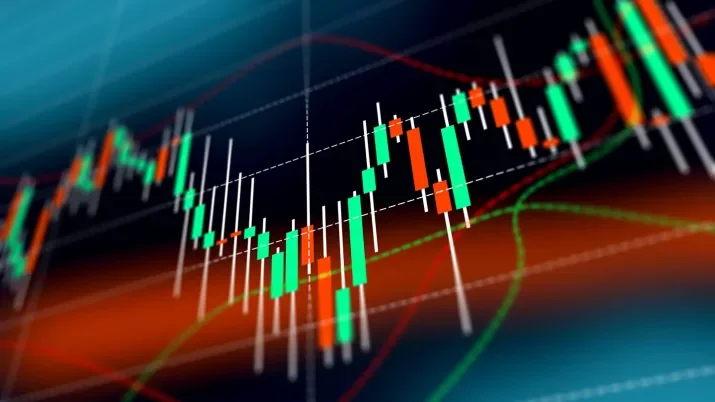FOMC: Central bankers face conundrum on inflation and growth
The much-anticipated March FOMC meeting is finally upon us, and given there was no meeting in February investors will be very glad of this window into the Fed’s thinking, particularly given the ongoing and far-reaching economic ramifications of Russia’s invasion of Ukraine.
At a Senate Committee hearing earlier this month, Jerome Powell reiterated that the Fed was prepared to push ahead with a series of interest rate increases starting in March, despite a highly uncertain economic outlook. We cannot imagine a scenario where the Fed will not hike this week. Since the last meeting in January, headline inflation has risen to a fresh 40-year high of 7.9% and core inflation has accelerated to 6.4%.
Price action in US Treasuries since the Russian invasion reflects some of the fresh uncertainty investors face with regard to the scale and timing of monetary policy tightening, as central banks weigh the dual impact of upward pressure on inflation and downward pressure on growth. Ten-year US Treasury yields initially dipped as low as 1.75% as investors sought safe haven assets in a typical flight to quality. But trading has been volatile and yields have since climbed back to around 2.18%, reflecting concerns around a further boost to inflation caused by increased supply chain disruption and more recent indications that a diplomatic solution to the conflict has moved closer. At the same time, Since the Fed’s January meeting the spread between two-year and 10-year UST yields has flattened by some 15bp to around 25bp, reflecting fears of an economic slowdown.
While we expect a 25bp hike today, we will also be looking closely at the adjustment to FOMC members’ dot plot guidance. Currently the dot plots show three rate hikes in 2022 and a further three hikes in 2023, well behind the six hikes the markets are pricing in for 2022 alone.
Quantitative tightening (QT) is an important part of the policy mix at present, and we look forward to more clarity on the potential timing and magnitude of the Fed’s balance sheet reduction. Deutsche Bank analysts suggest a run-off close to $800bn in 2022 and a further $1.1tr in 2023 would cumulatively amount to roughly three or four 25bp hikes, showing how important a tool this could be in shaping monetary policy and the Fed’s yield curve management going forward.
Central bankers face a conundrum. With focus already skewed towards tackling an escalating inflation environment, we now have a surge in commodity prices fuelling discussions on the likelihood of economic slowdown, stagflation, or a potential recession. Forecasts for growth are being scaled back and though these remain above historical averages, concerns about the health of global economies are clearly beginning to increase.
The Fed must balance the necessity of reining inflation with the necessity of supporting the economy. Unfortunately, the Fed has not yet begun its rate hiking cycle and the need to initiate rate hikes couldn’t be more pressing.
All things considered, I have no doubt this is one of the most important Fed meetings in recent memory given the current pace of market developments and the fluid nature of geopolitical events.



